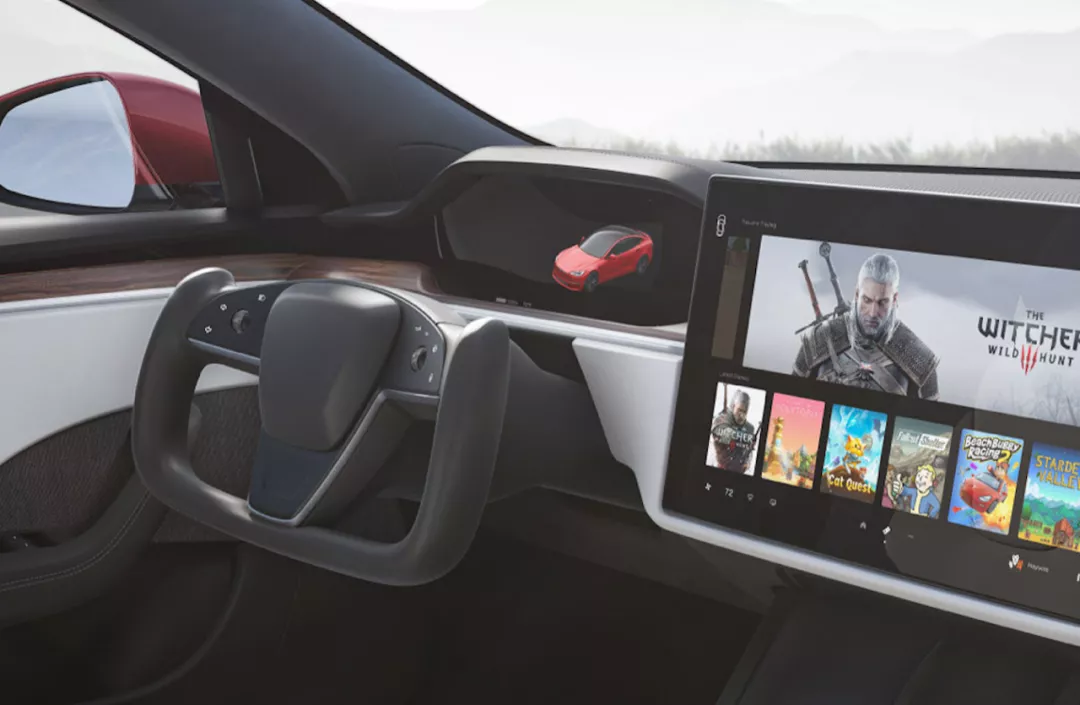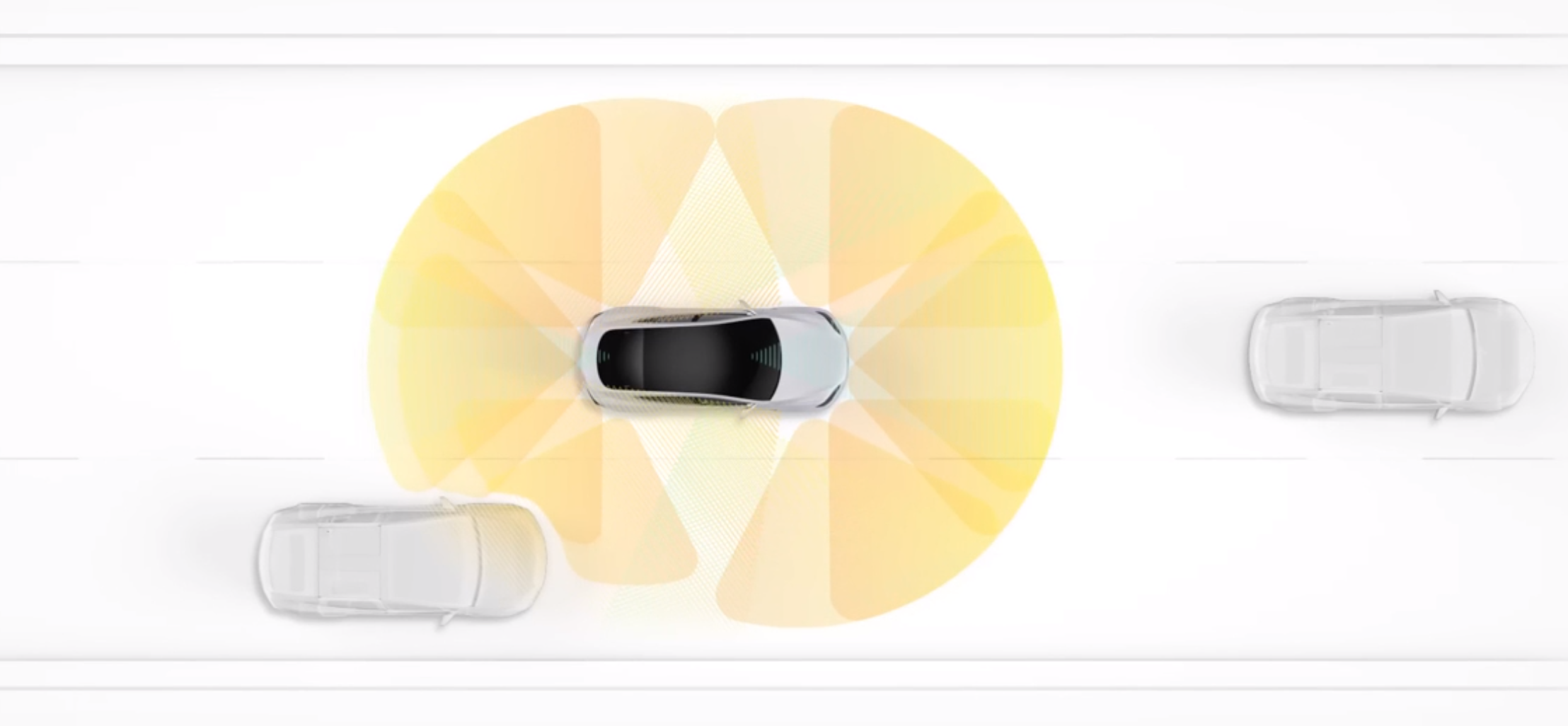Conclusion
Tesla: The most powerful autonomous driving system with some stability issues yet to be improved. It is hoped that it can be equipped with rear corner millimeter-wave radar and high-precision maps for interchanges and intersections (which may already be available), making it the go-to choice for technology enthusiasts.
XPeng Motors: Currently, it offers a more marketable and suitable assisted driving solution in accordance with local road conditions. However, for the future, a vision-based system is still preferred. For those who seek stability and greater care for their families, XPeng Motors is the better choice.
Analysis
The most significant difference between Tesla’s FSD and XPeng’s autonomous driving system is the degree of dependence on visual perception. Tesla can be seen as a completely vision-based autonomous driving system, while XPeng’s system is a blend of visual perception and HD maps. There is no clear distinction between which is better.
Tesla’s system is more universal, whereas XPeng’s system requires higher standards of applicable conditions. Nevertheless, considering the practical use cases, we tend to rely on assisted driving features when driving on highways and expressways, where most of the roads are covered by HD maps. Thus, XPeng’s system is more stable for these sections of roads. In this sense, XPeng’s system is more in line with the usage of assisted driving functions by Chinese drivers.
Issues
As seen on the video, Tesla swayed left and right significantly in poorly lit interchange areas at night and even ended up taking the wrong exit. This is a natural disadvantage of visual perception-based systems in dimly lit environments and cannot be resolved easily even in the future.
I agree with Kang and Zhen that it is crucial to add high-precision map capabilities at interchanges and intersections, not necessarily strict HD maps. By using mass-produced vehicles to collect data, marking location features and intersections, and sharing the data with subsequent vehicles, we can guide them better (The first car to pass, you did a great job! 😏😏).
Regarding the issue of Tesla not accelerating after returning to the expressway from the interchange, I would like to interpret it as a careless bug by the Tesla product team.
Although a vision-based system is the ultimate solution, I still have deep doubts, especially at night, for example, when changing lanes at high-speed interchanges or making left turns at an urban intersection with multiple lanes. Single camera vision perception has inherent limitations in depth recognition, even with the use of (allegedly) dynamic image multi-frame position differential processing. Moreover, the problem of recognizing and perceiving the rear side when driving at night is even more severe due to the influence of strong rear light. Therefore, I believe that it is necessary to add rear corner millimeter-wave radar for fusion perception.Let’s talk about XPeng. In the video, XPeng performed well on roads covered by HD Maps, but there were still multiple instances of HD Map coverage gaps leading to NGP exits. If this problem is not resolved, there will be significant safety hazards (just like every time I drive on the JiaShan section of the Shanghai-Kunming Expressway, suddenly I have to turn back…). As such, this L3 technology cannot fully put people at ease.
Of course, as far as the efficiency of domestic map updates is concerned, I am more willing to believe that this is not a big problem, as long as the manufacturer sends cars to update it.
As for the problem of ice cream cone recognition, I think it’s only a matter of time for the XPeng team, because this is just a matter of engineering progress, not a problem with the technical roadmap.
About the future
Regarding Tesla
My understanding is that Tesla’s initial plan was to develop L4 & L5 level autonomous driving solutions, without considering compromise solutions. Even if the team had considered it, Musk should have rejected it (he is my idol!). Of course, I also believe that the full-vision approach is entirely feasible. Looking at the recent FSD functionality video in real-world driving environments on the streets and alleys of the US, the result is quite amazing, achieving a high level of autonomous driving that exceeds our imagination. Therefore, I also tend to believe that Musk’s statement — that they will achieve full autonomous driving mass production and distribution by the end of this year.
The latest design of the square-shaped steering wheel of the Model S & X, as well as removing the shift lever, further confirms this (which uses a steer-by-wire system that is more in line with autonomous driving solutions). Because he never intended you to drive your car yourself!
(In the future, it is more likely that the car chassis and cockpit box can be separated and replaced, just like Toyota’s solution).

However, as I mentioned above, if this technology can be further improved by adding rear-side millimeter wave radar, as well as high-precision maps for ramps and intersections, it would be even better, otherwise I am still a little worried.
Regarding XPeng and the industry
What I want to say is that, at the current stage, using a visual fusion HD Map, and even combining Lidar to develop an automatic driving technology as a market strategy is still appropriate, because the fusion solution using HD Map has huge advantages in terms of development difficulty and cycle, and corresponding car models can be quickly launched. At the same time, the experience of automatic driving assistance function can even be more stable and superior than Tesla’s pure visual approach.
However, if it is used as a long-term plan and a main technical path, it will be a huge industry trap!Using HD Map can be addictive! Let’s think about our own driving behavior, we rely only on our two eyes (visual) and driving knowledge and rules (regulations & models) to drive. We don’t have so-called HD Map.
If the industry is based on this, then the future autonomous driving function must cover a city with HD Map, and open a city for autonomous driving, just like Waymo.
How can HD Map achieve unlimited coverage? How can it support real-time, accurate, and uninterrupted functions? Think about the applicability of all this.
Of course, you can still say that there will be V2X and possible inter-vehicle data alliances in the future, but reliable autonomous driving must be universal, with true end-to-end capabilities, and should not have serious coupling dependencies on the external environment, so that its safety redundancy is sufficiently reliable.
I am not saying that the HD Map fusion solution is not feasible, but the restrictions are too severe. If so, it can only be regarded as limited-range autonomous driving. When can we achieve the ideal of completely abandoning human driving, sitting in the car and doing our own things, while the vehicle safely, accurately, and comfortably takes us to our destination, and the vehicle becomes a comfortable mobile space box? The important thing is the robustness of the algorithm itself!
At the same time, there are two more deadly problems:
Tesla’s FSD fully automatic driving scheme has begun to be pushed to trial users in the United States, which means that its visual scheme has reached a preliminary mature stage. If the law permits, it can be widely distributed globally. But how can HD Map be quickly deployed on a global scale?
More importantly, Tesla’s current production vehicles and driving mileage are at least an order of magnitude greater than the total number of all major autonomous driving companies and teams in the world.
The more mileage, the more data that can be collected. The more data that can be collected, the better the algorithm model that can be fed, and a large number of vehicles from all over the world can quickly join. This way, the data and algorithms collected by Tesla can form a perfect iterative flywheel, which will widen the gap with others that already had algorithmic advantages in the first place!
Sometimes, it is quite despairing to think about it. Of course, the automobile market is not just about autonomous driving, and we have many other breakthroughs.
This article is a translation by ChatGPT of a Chinese report from 42HOW. If you have any questions about it, please email bd@42how.com.
